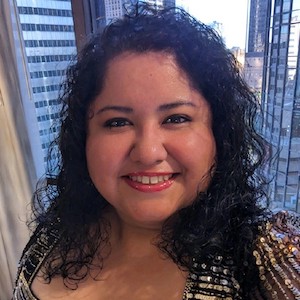
Written by Tania Pacheco-Werner
My electric car turned one last month, and I want to share some reflections as a person living in the rural/suburban interface of California who put more than 18,000 miles the first year.
First, it helped having people who had owned one walk me through the tips and tricks, and do a test drive aside from the one the company provided. Next, I saved money through the referral system and got free charging for a few months, which helps when factoring costs.
When choosing a car, I was surprised at how little dealers selling many types of cars actually knew about their hybrid/electric options, including things like incentives that would help get them sold faster. As a commuter and one that drives a lot around California alone for work and with my kids on family trips, range anxiety and safety were real factors for me. There are quite a few options in my town for charging, but no fast charging that fits my needs. Therefore, already having solar was crucial in my decision (we can’t take our foot off the pedal on home solar if we’re serious about the transition in rural areas).
Also, we invested a little more than $1,000 for electrical upgrades in our house for appliances and for me to be able to use a level 2 charger. This is a critical need for even fairly new houses that must be talked about more in the decarbonization conversation and the higher ed spaces — not just for cities but for rural areas too.
I love driving my car, however even things like understanding how to do basic maintenance is something that’s still a learning curve. However, when pricing out my electric costs to what I was paying at the pump, it’s less than half the price per week, and that makes me very happy!
So, we need more nightly news or morning news segments that teach the general public some of the things that come with purchasing and owning a zero-emissions vehicle (ZEV). Renting a ZEV/hybrid has had similar challenges when it comes to knowledge, availability of chargers, etc., but the costs are a lot less to rent one and I don’t think that’s widely known.
Onto another 18,000 miles.
Tania Pacheco-Werner is the executive director at Central Valley Health Policy Institute and a member of the California Air Resources Board. She shared this as a post on LinkedIn.






